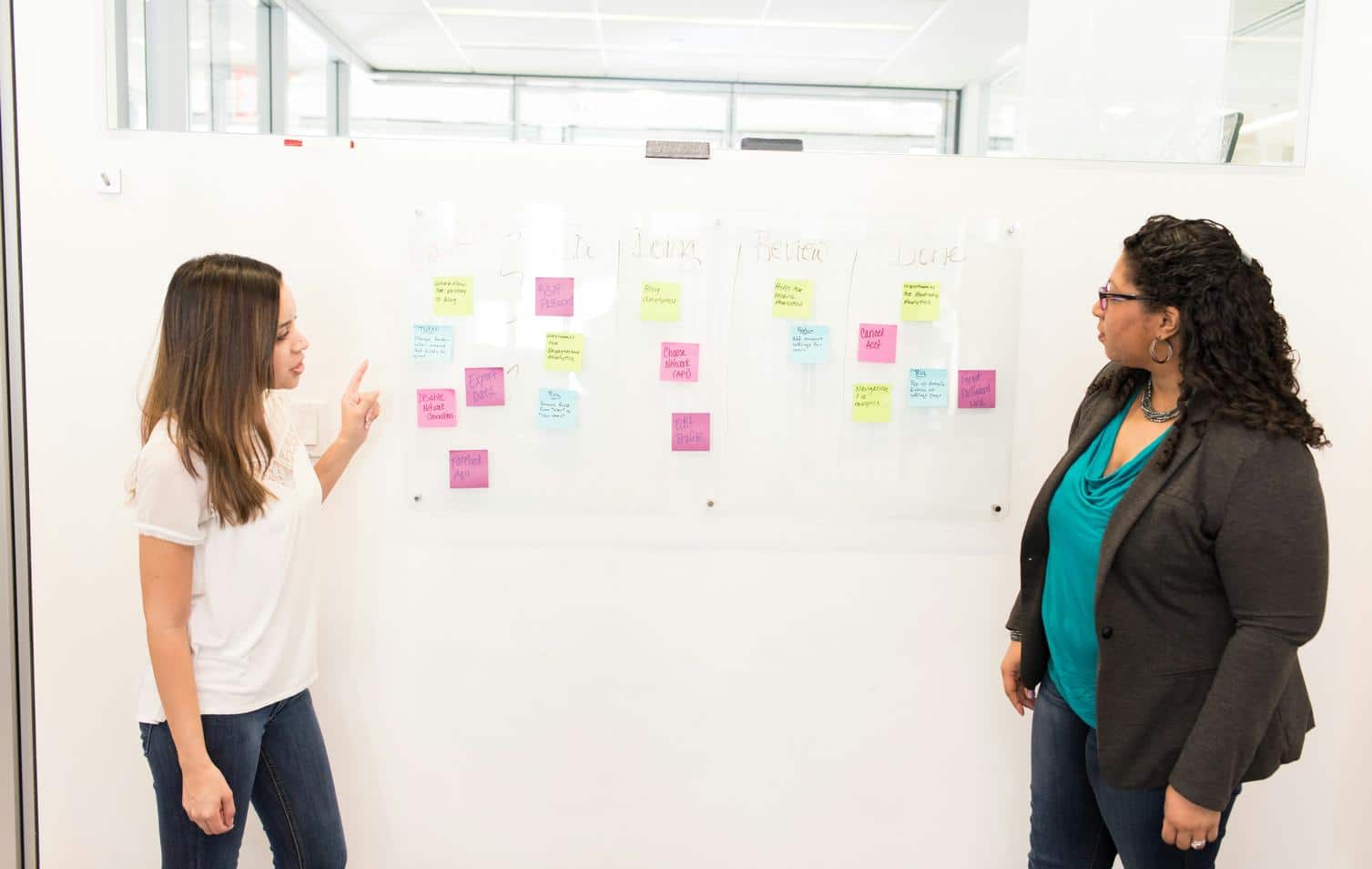Digital Leaderboards Transform Team Performance
The Evolution of Team Engagement in Modern Organizations
Team engagement has always held a central place in the priorities of high-performing organizations. Yet, the traditional methods of fostering motivation, measuring success, and maintaining transparency have evolved dramatically in the digital era. Digital leaderboards and employee gamification software now sit at the core of progressive workplace strategies—moving beyond simple competition to stimulate collaboration, accountability, and continuous development. As executive leaders consider new paradigms for performance, it becomes imperative to ask why these tools have garnered such traction and how they could shape the future of team excellence.
Why Digital Leaderboards Have Become Integral
Digital leaderboards have rapidly moved from novelty to necessity. Their rise is driven by the growing appetite for real-time feedback, dynamic recognition, and visible progress. Unlike static reports or delayed quarterly reviews, digital leaderboards provide a living snapshot of team accomplishment, fueling both healthy competition and shared purpose. The transparency they offer builds trust, while public acknowledgement delivers a tangible sense of achievement that is often missing in remote or hybrid work environments.
The psychological impact of a leaderboard’s visibility cannot be overstated. When employees see their progress compared against goals and peers, it transforms motivation from an abstract concept into daily accountability. This effect is well documented across industries, from insurance to technology, and mirrors findings discussed in Why Every Sales Team Using Salesforce Needs a Leaderboard.
Connecting Employee Gamification to Engagement and Recognition
Employee gamification software leverages the mechanics of games—such as points, levels, and badges—to foster engagement in non-game environments. But, effective gamification is far more than sprinkling rewards onto existing systems. It requires thoughtful alignment with organizational objectives, creating intrinsic motivation alongside extrinsic reward. When executed well, gamification software can amplify engagement, reinforce a culture of recognition, and strengthen retention—critical outcomes given the volatility and competitiveness of modern talent markets.
Leaders seeking to maximize these outcomes should consider three foundational pillars:
- Clear Alignment: Gamification initiatives must directly map to key business outcomes and team priorities.
- Real-Time Feedback: Employees need instant visibility into their progress to remain engaged and adapt quickly.
- Inclusive Recognition: Systems should encourage not just the top performers, but celebrate improvement and effort across all levels.
This multi-dimensional approach is explored in depth in The Power of Employee Recognition: Why It Matters More Than Ever, underlining the importance of meaningful acknowledgment in driving high retention and satisfaction.
Designing Effective Digital Leaderboards: Beyond Competition
It’s tempting to view leaderboards purely as engines for competition. However, modern organizational psychology—and a wealth of field research—shows that the best leaderboards foster sustained engagement, personal growth, and a team-wide sense of belonging. Executive leaders can maximize impact by focusing on a few design elements:
- Customizability: Allow teams to tailor leaderboard metrics, themes, or formats to suit unique goals.
- Goal Diversity: Highlight not just raw output (such as sales numbers), but also process milestones, learning achievements, or customer satisfaction.
- Progress Visibility: Make incremental improvement visible, so individuals can celebrate small wins and not just top rankings.
Such an approach prevents demotivation among mid-performers and gives everyone a stake in the team’s progress. Recent trends, such as those highlighted in Customizable Leaderboards Drive Engagement, reflect a broader industry shift from one-size-fits-all dashboards to tailored, motivational displays.
The Interplay Between Recognition and Digital Leaderboards
Recognition is fundamental to what makes digital leaderboards uniquely powerful. When integrated with employee engagement initiatives, leaderboards double as vehicles for public praise—showcasing not only who is leading but who is growing, collaborating, or consistently embodying company values. A sales representative who leaps in customer satisfaction scores, for example, might receive just as much public acknowledgement as the top closer.
This dynamic helps foster a culture where shared accolades drive collective performance. Organizations deploying engagement management software consistently report increased morale, lower churn rates, and greater alignment between business objectives and individual behavior.
Integrating Gamification Software with Core Business Systems
Seamless integration is crucial for digital leaderboards and gamification software to fulfill their promise. The most successful implementations connect with existing CRMs, project management tools, and HR systems—ensuring no manual data lag and boosting adoption among teams. These integrations support real-time updates, facilitate transparent analytics, and automate recognition events so that achievements are never missed, whether in a remote, hybrid, or on-site environment.
The scalability and flexibility of modern gamification software allow organizations of all sizes to implement performance management best practices without significant operational overhead. Platforms that offer integration with Salesforce, HubSpot, and other leading tools position themselves—and the organizations adopting them—for long-term success. For leaders exploring solutions, it is wise to start a trial or book a demo to see firsthand how seamless integration benefits engagement and outcomes at scale.
Measuring the Impact: From KPIs to Behavior Change
Metrics are at the foundation of digital leaderboard success. But, executives must look beyond raw numbers. The best return on investment comes when digital leaderboards and engagement software foster lasting behavior change rather than momentary spikes. Tracking not only activity (calls made or deals closed) but also the adoption of desired behaviors (use of new sales techniques, completion of training modules, or peer coaching sessions) can highlight deeper cultural improvements.
Leaders should leverage gamification kpis and sales performance metrics to monitor trends, evaluate program efficacy, and identify high-potential personnel. Modern employee gamification platforms typically offer built-in analytics dashboards, making it easy to visualize and share performance insights in leadership meetings.
Best Practices for Leader Adoption and Change Management
For digital leaderboards and gamification software to realize their full potential, executive buy-in is paramount. Leadership’s visible participation and advocacy signal to teams that engagement is more than a fleeting initiative—it is an ongoing investment in people and performance. Senior leaders should be seen using the leaderboards, recognizing improvements, and rewarding risk-taking as well as consistent output.
Change management requires consistent communication, supportive training, and willingness to adapt design choices based on feedback. Top-performing organizations take the following steps:
- Frame the value in terms of individual development and team impact
- Collect regular feedback on what is working and what can be improved
- Reward engagement in the system, not just leaderboard dominance
Real-World Success Stories: What the Data Reveals
The impact of digital leaderboards is far from theoretical. Across industries, companies that implement them see measurable improvements in key areas: sales closure rates, customer service scores, and employee retention. For example, in large sales organizations, digital leaderboards have been linked to a 15-25% increase in monthly sales activities, a reduction in turnover, and higher levels of cross-team collaboration.
Evidence also suggests that well-designed gamification initiatives foster a culture of learning and adaptability—traits that are vital in navigating today’s rapidly changing marketplaces. These success stories underscore why organizations should move decisively to embed gamification into their operational DNA.
Challenges and Considerations in Implementation
Despite the promise, not all digital leaderboard initiatives deliver equal value. Common pitfalls include neglecting inclusivity (thereby alienating quieter performers), overemphasizing competition to the detriment of teamwork, and failing to calibrate metrics as business priorities evolve. Privacy concerns, data accuracy, and the risk of fostering surface-level motivation instead of deep engagement must also be weighed.
Mitigation strategies include regular auditing of metrics, encouraging peer nominations, and recognizing diverse forms of achievement. Above all, leadership must remain attuned to the human elements—proactively addressing concerns and adjusting systems to maintain both momentum and equity for all contributors.
Future Trends: AI-Driven Gamification and Personalized Engagement
Artificial intelligence is rapidly augmenting the potential of digital leaderboards and employee gamification software. AI-powered analytics can identify performance trends, recommend tailored development paths, and personalize recognition in ways previously impossible. As the technology matures, future leaderboards will likely emphasize prediction, professional growth, and customization, moving beyond simple rankings to provide truly individualized real-time coaching.
Forward-thinking organizations are already piloting these approaches, as seen in AI Gamification: Rethinking Employee Engagement, which explores how data-driven insights can heighten relevance and engagement for every team member. These developments foreshadow a time when gamification platforms become trusted advisors—steering teams toward collective and personal bests.
Conclusion: Empowering Teams for Sustainable Performance
The adoption of digital leaderboards and employee gamification platforms goes far beyond chasing short-term performance spikes. These systems, when thoughtfully designed and strategically deployed, represent a shift towards transparency, continuous recognition, and learning-oriented cultures. As organizations navigate the complexities of hybrid work and heightened competition for talent, tools that empower, include, and inspire are set to define the next decade of high-performance teamwork.
For leaders aiming to reimagine their approach to engagement and output, exploring a robust, integrated leaderboard platform can be a pivotal first step. Consider booking a demo to discover how these innovations might advance your goals for both people and performance in today’s dynamic workplace.



